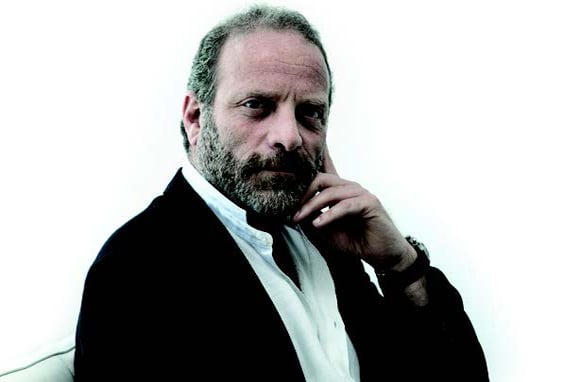
There are a few pictures going around at the moment, all pointing out – as if we did not know already – how obsessed we have become with our mobile phones. One of those is particularly striking. It shows a bunch of teenagers in an art gallery, all in deep cellphone trance, oblivious to the striking beauty of a sublime painting hanging lonely on a wall behind.
At face value, that picture is one that illicits all the kind of self righteous tut-tuttings associated with today’s youth, their supposed self-obsession and the usual it-wasn’t-like-this-in-my-days. Well, call me naïve if you want, but instead of an advertisement against the ills of social media, I personally saw in that pic a bunch of youngsters Googling that very painting. What nearly everyone commenting pompously missed, was a very 21st century phenomenon. You see, in a digital native’s reality, that painting was – at that precise moment – the primary screen.
From an advertising perspective, our failure to grasp the meaning of double, even triple screening, is just as bad as imagining that the good old days of Mad Men will return. That moment when something in a TV commercial or a piece of branded entertainment makes us reach for Mr Google is one that should be frozen, framed and hung in every ad agency’s reception. That is because, contrary to the wishful thinking associated with commercial hashtags and invitations to follow that Facebook page, it is that moment of genuine personal curiosity that drives people to, well, dig deeper into what they see – even if it is a commercial entity – that matters.
Not many brands have really grasped this: today, a true integrated campaign is not the one that pushes invitations across channels, thinking it will collect air miles the further it goes. It is not even a matter of traditional versus digital or a combination thereof. Real, deep integration now happens when one channel can generate the kind of interest that makes your consumer willingly and deliberately take the time to explore another, and another and move from one screen to the next, whether that screen is electronic or of the canvas variety.
Ramsey Naja is CCO at JWT MEA Twitter:@geminisnake







